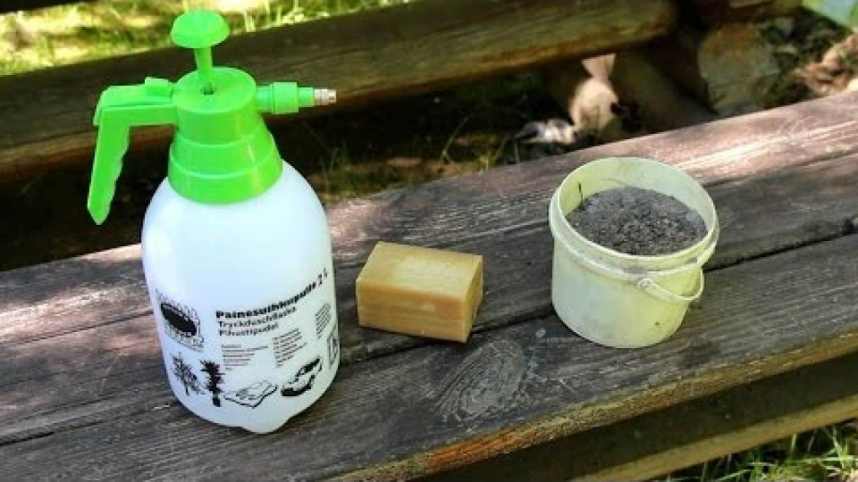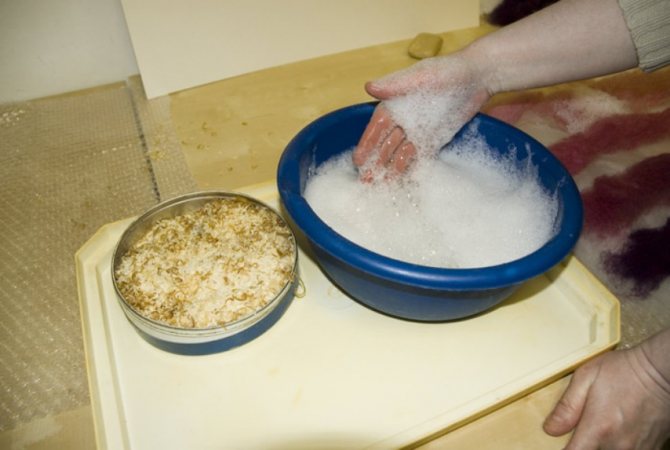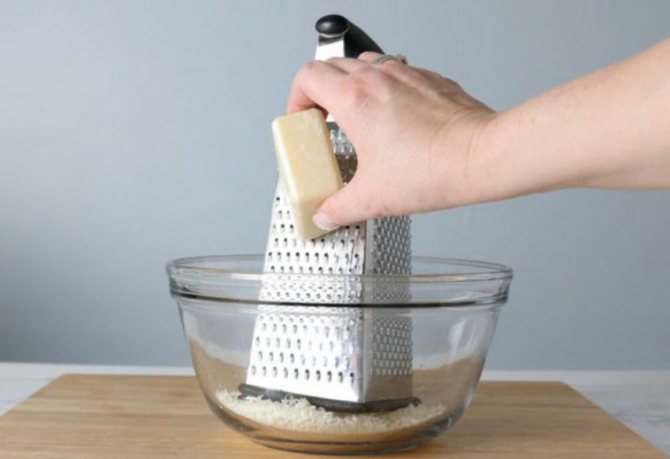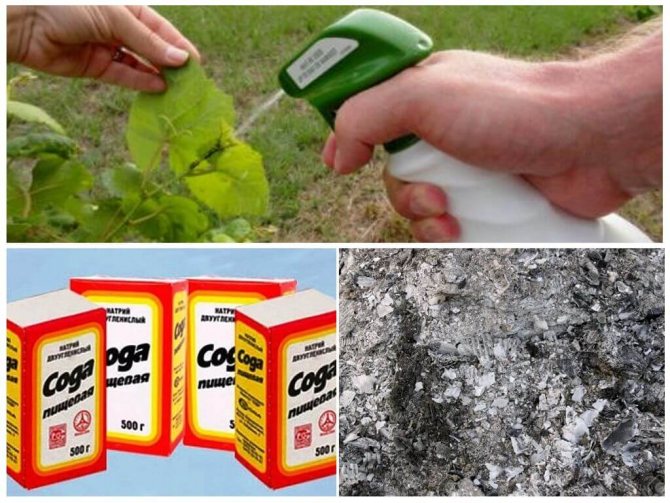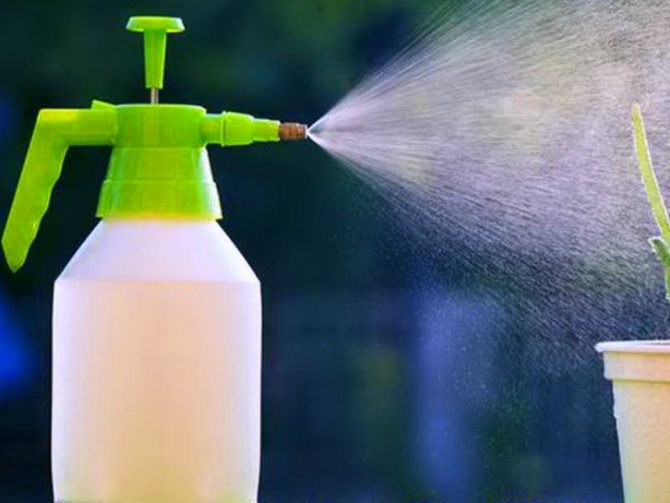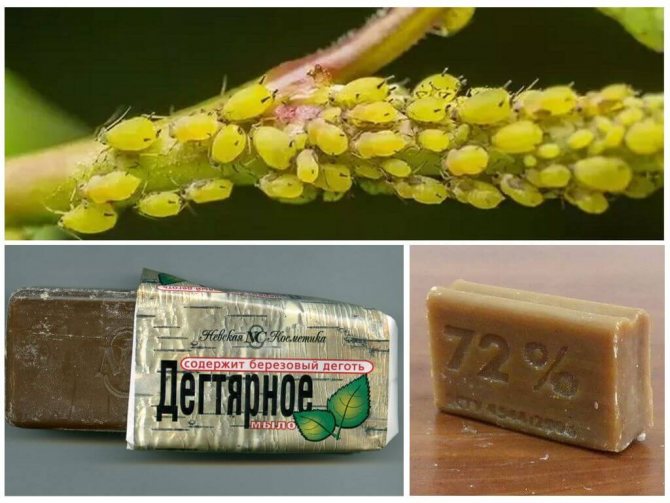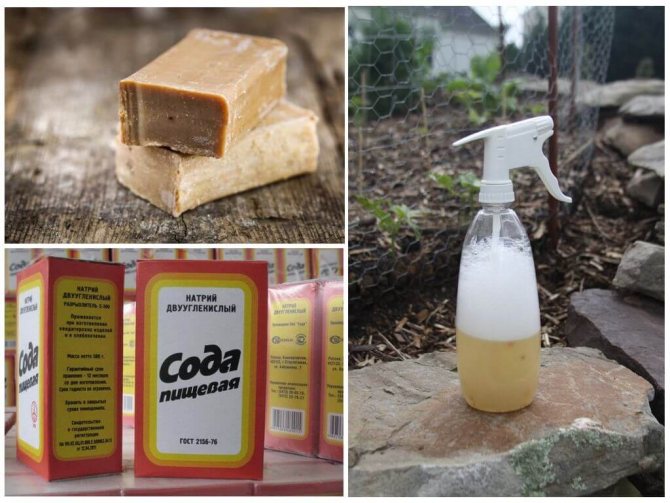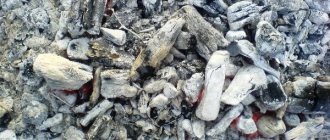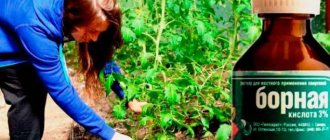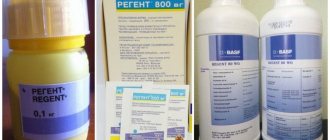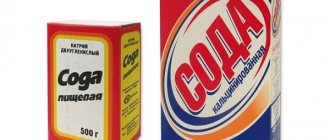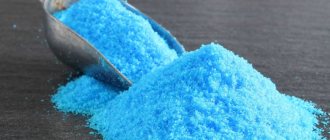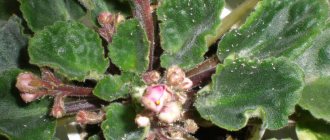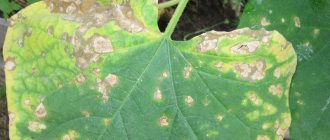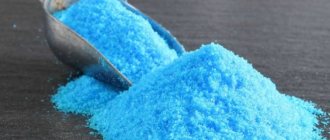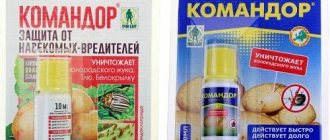Today, more and more gardeners are returning to using the time-tested natural methods of plant care. And the soap solution, easy to prepare and use, provides reliable protection for many types of shrubs and ornamental plants.
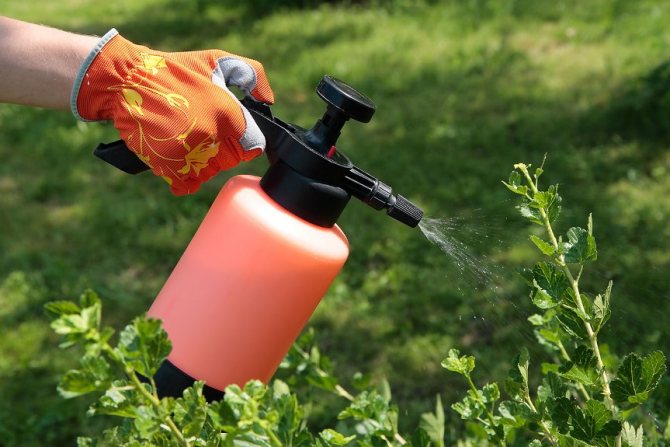
The manufacturing process involves the use of simple and affordable components. Therefore, the cost of such a tool is also quite democratic.
Soap solution for aphids, spider mites and fungi
It was used as the simplest and most affordable means for plant protection and was widely used in the first half of the 20th century. Soap, due to the large amount of alkali in its composition, has a very high hydrogen index (PH = 11–12), due to which it is a good remedy for fighting insects and various plant diseases. Today, one might argue that it was easier to deal with all these misfortunes before. Yes, in those days there were no effective insecticides and fungicides, and unwanted macro- and microorganisms had not yet developed, as now, defense mechanisms against them, therefore they were less resistant.
But, as it turned out, laundry soap is effective to this day. This is due to the chemistry of alkali metal salts of fatty acids, which, when dissociated with water, give a strong alkali, and it is almost impossible to develop protection against it. In addition, the acids themselves are released, which have strong insecticidal properties. For example, caproic acid has been proven to kill over 90% of aphids even at a concentration of only 0.2%. Therefore, even a very small amount of soap can effectively protect your garden from this scourge.
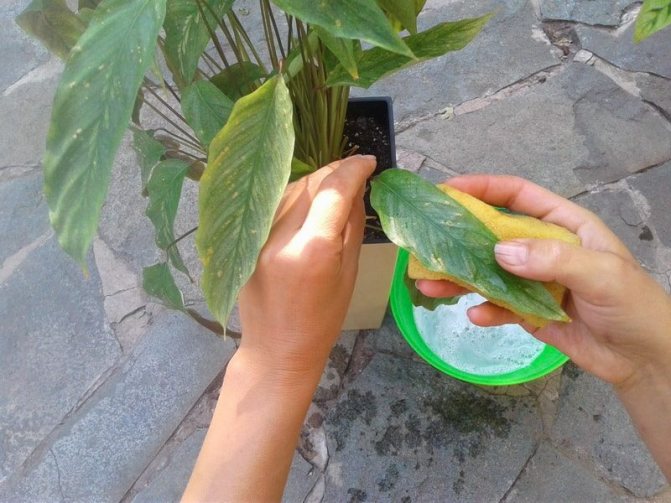

How to prepare a solution of laundry soap from pests
To prepare a soap emulsion against insects, you need to grind 150-300 g of laundry soap - this way it will dissolve faster. The resulting powder should be added to a bucket (10 L) of hot water, then stir well. After cooling, you need to check that there are no solid particles left in the liquid - they can cause burns to plants, so it is better to filter it through cheesecloth.
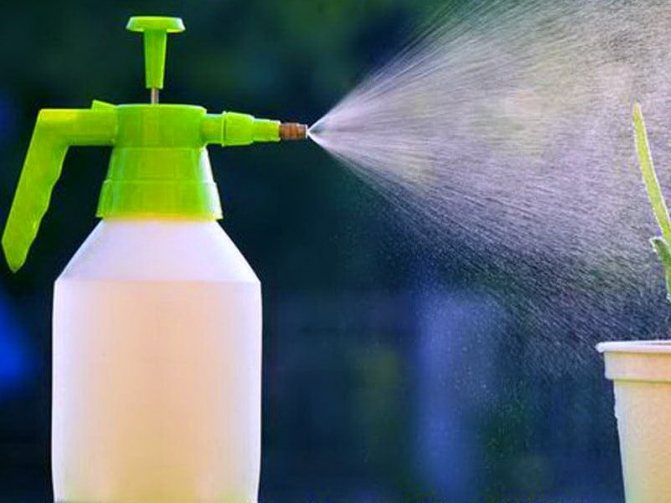

Destruction of aphids and spider mites with soapy water
Soap can be excellently used against insects with a thin chitinous cover, since viscous fatty acids clog the end of the trachea - spiracles - throughout their body and, deprived of oxygen, they die. This method is good against such pests as mealybugs, aphids, spider mites, caterpillars of various butterflies. It can be used to protect a wide variety of crops.
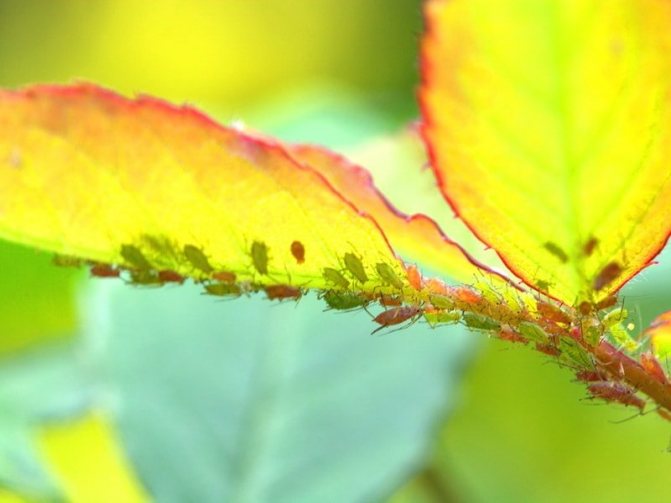

Soap against parasitic fungi
A solution of laundry soap with a concentration of 0.01–0.1 g per liter can be successfully used for the treatment or prevention of fungal diseases in plants. It works especially well against gray mold (Botrytis cinerea). To increase the effectiveness of the soap solution, it is recommended to make it on the basis of plant fertilizers, for example, from garlic, tansy, horsetail, comfrey, etc.
The solution described above with such a concentration is completely safe for plants, and it can be sprayed on flowers without diluting.But it is undesirable for them to process flowering, recently hatched or planted plants from seedlings, but it is better to test the solution by spraying 1-2 copies with them. If after 2-3 days there are no burns, then it can be used. Try a soap solution against aphids or other pests - this is a really cheap and effective plant protection product.
Toilet soap
A delicate pink or light blue bar of soap that smells great is the worst option. Firstly, its cost is quite high. Secondly, all the flavors and colors that are used in its composition are not at all useful for your plants. Moreover, after the rain, all this will fall into the soil, and then it will be absorbed by the roots of plants. As a result, you harm yourself even more than using modern insecticides.
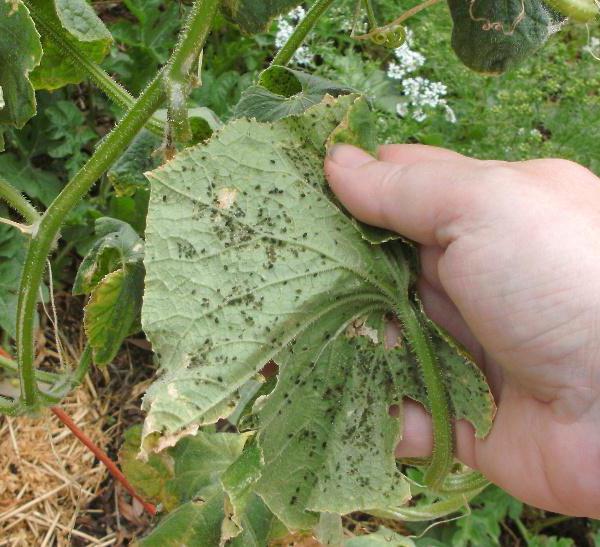

How does soap work?
Laundry soap has long been used by gardeners in our country in the fight against pests. This remedy was used even when chemical insecticides were just being born. With the help of soap, you can not only drive away aphids with ants from the site, but also defeat some fungal plant diseases.
The pest-damaging properties of laundry soap are based on the rich content of natural fatty acids in its composition. Scientists have already found out that one of the main components of soap, caproic acid, is capable of killing up to 90% of aphids even in a very weakly concentrated solution.
It will also be useful to learn about the folk methods of dealing with aphids on currants.
Laundry soap in the fight against aphids is used most often together with other substances. Soap in solution is responsible for the insect's adhesion to the leaf, and substances with a more aggressive poisonous composition are already completing the procedure, completely destroying the pest.
However, the laundry soap itself has a complex composition, which in the proper concentration may well kill aphids.
Therefore, highly concentrated solutions of laundry soap can be used as a separate spraying agent. It will also be useful to learn about how to use tar soap and aphid baking soda.
The video shows aphid laundry soap:
Note that cosmetic soap is not suitable for combating aphids - it is necessary to use household or tar soap. The fact is that these soaps have the highest disinfecting and antibacterial properties. In addition, today manufacturers have also developed the so-called green soap - a special insecticide based on a soap that can, among other things, protect the site from aphids and ants. But how mustard is used against aphids, you can find out from the article at the link.
Folk methods of struggle
If you decide to ditch chemicals in your garden, be prepared to spend a lot more time on it. For example, a systemic insecticide allows you to completely get rid of pests with guaranteed protection for 2-3 months. That is, one treatment is able to provide insect-free all summer.
But folk remedies do not destroy insects and their larvae, they only have a deterrent effect. Therefore, they must be used at least three times in a row, with an interval of no more than 5-7 days. Further, if necessary, but be prepared for the fact that during the season you will have to return to processing more than once.
Mealybug
It is a sucking insect covered with a white waxy coating. It got its name from its characteristic white discharge, similar to cotton wool. The size of the insect, depending on the species, varies from 0.5 to 12 mm. The mealybug has well developed sexual dimorphism.
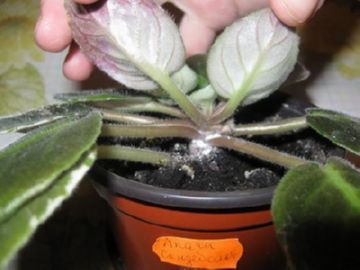

Males have wings and well-developed limbs; tail processes are visible on the abdomen. Due to the fact that adult males do not feed, they have no mouth.
The females of most species lay eggs, but some species are viviparous. The eggs are placed in white cocoons made of wax threads. Fertility is very high - some females are capable of producing up to 4 generations per year.
The larvae of the first instar are able to actively move around the plant, but after sucking, they lose their mobility. The ability to move is restored after molting.
Worms harm the plant by sucking its juices. Because of this, the growth of the plant stops, and then its death occurs.
Signs of defeat
The presence of a mealybug is easily recognized by the presence of a waxy, cotton-like bloom on the plant. Another symptom may be a special sugary discharge and a fungus settling on them.
Control measures
With a mild form of damage, it is enough to clean the plant of insects and their wax secretions with a soft brush and soap solution. Then the flower is sprayed with an infusion of garlic, a solution of green soap or a decoction of cyclamen. The spraying procedure must be carried out 3 times every 7 days. A good effect can be obtained by treating the plant with an alcoholic tincture of calendula or ordinary alcohol.
If the damage is serious enough, then in addition to mechanical impact on the pest, that is, manual collection, the plant will need to be sprayed with solutions of the following chemicals: Aktara, Fitoverm, Calypso, Confidor, Tanrek.
First aid for poisoning
In a diluted form, the product is not dangerous to humans, but, like any other chemical, it can be harmful in individual cases.
Tips for mitigating damage from damage:
- In case of contact with the skin, wash off with a stream of cold water. If a red spot or itching appears, apply a gauze bandage soaked in 5% acetic acid solution. Enough 10 minutes. Then rinse again with cold water.
- In case of damage to the mucous membrane of the eyes, rinse well with running water for 15-20 minutes, or until the burning sensation passes. Then rinse with 2% boric acid solution and drip albucid. If the discomfort persists, seek medical attention from a specialist.
- If you accidentally swallow Green Soap, drink 3 glasses of water, provoke a gag reflex, take 4-6 tablets of activated charcoal and consult a doctor.
Wood ash
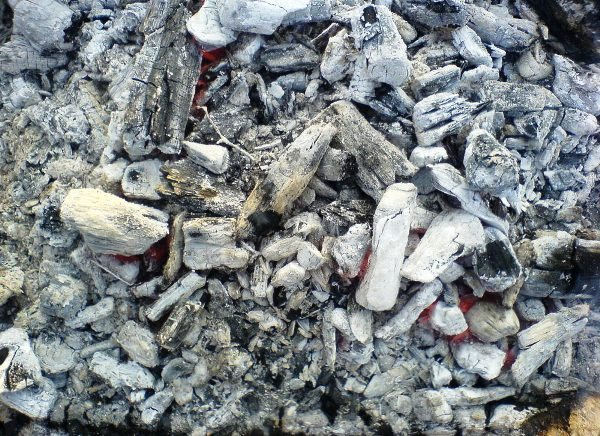

Everyone knows that ash is used as a good fertilizer for soil fertility. When cooked correctly, ash turns into a good means of fighting aphids, as well as a number of other insects. Ash can be used in different forms.
For example, a solution is prepared as follows. The sifted ash must be boiled in 300 ml of water, thereby you get an ash solution from aphids. After that, strain it and stir it in a bucket of water. Ash helps especially well with the appearance of aphids on trees!
First, shower them and wet the leaves, and then "powder" them. In addition, ash fertilization in itself is an excellent preventive measure. Due to its high potassium content, ash eliminates excess nitrogen in the soil, destroying the environment for aphids to live and reproduce.
Protecting cucumbers
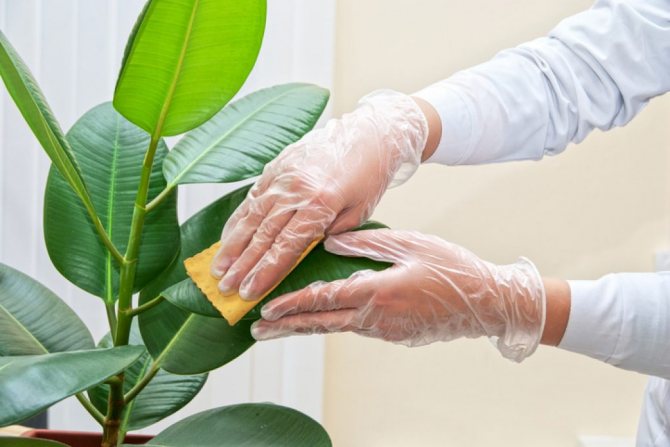

This crop is attacked by these small pests very often. And you can see it with the naked eye. The leaves wither, the whips fall, there is no need to wait for the fruits from such a plant. Soap solution for aphids on cucumbers has shown itself very well, therefore all gardeners recommend its use to each other.
For preparation, you will need the same base, three liters of water and 0.5 glasses of soap. To ensure that insects leave the garden alone, 100 g of crushed tobacco is added to the solution. Mix all the ingredients and let it brew well for two days. After that, be sure to stir and strain. The solution is now ready to use.It is perfect for processing vegetables and fruit crops. It has proven itself very well in practice.
How to get rid of aphids on roses
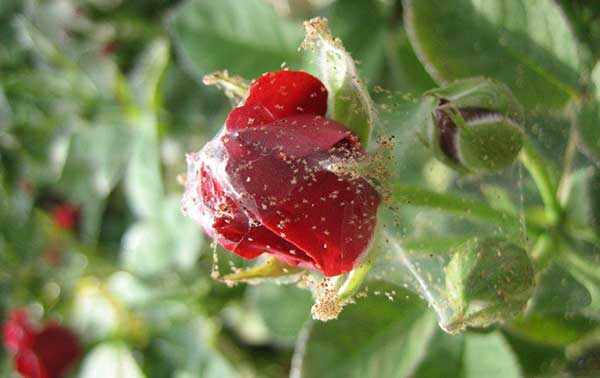

A soap solution will help get rid of aphids, which you need to wash the leaves or spray every evening at sunset for 7-10 days.
See the recipe for the solution below. Decoctions from tomato tops, garlic infusion are good for fighting the annoying pest.
Video - Aphids on roses - how to get rid of
Application instructions
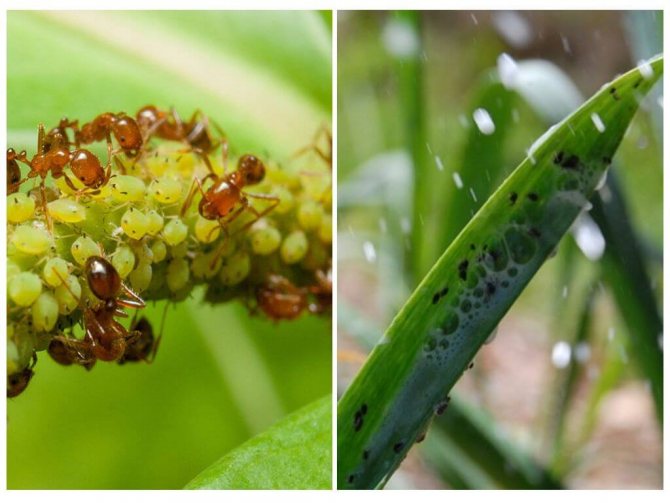

Soap solution effectiveness
Aphid control is carried out by spraying. Small bushes of plants are watered from a watering can. For spraying, use a garden spray bottle, bottles with a nozzle.
During processing, you need to try so that the jet falls on the lower part of the plant, since this is where pests are concentrated. Otherwise, the solution will drain to the ground without getting on the aphids.
On a note!
The frequency of application depends on the degree of damage to the garden, orchard plot. The event begins at the first signs of damage to cultures, and is repeated every week for prophylaxis. Destruction is carried out in several procedures with a break of 2-3 days.
Soda solution
Aphid soap and baking soda works wonders. The effect is noticeable by the end of the day if the treatment was carried out early in the morning. Initially determined with the required amount of the drug. Prepare a soap solution (1/4 or 1/2 of a bar of soap per bucket is enough), add soda at the rate of 1 tbsp. spoon for 1 liter of water. You will need 10 spoons per bucket. Mix thoroughly.
Soda causes irritation, damages the skin, soap prevents insects from fleeing. An early death awaits pests within 24 hours.
Flower garden processing
If roses grow on your site, then you probably had to fight the attack on them by these greedy insects. They love to stick around the buds, feeding on its delicate juice. As a result, the flower blooms with a defect or dries up completely. Soap solution from aphids on roses works flawlessly. To increase its effectiveness, experienced gardeners recommend adding wood ash to it.
We suggest you familiarize yourself with: How to remove the tick's head
For cooking, you need three liters of water and half a glass of grated soap, a glass of ash or charcoal. It is necessary to leave the solution for 6 hours so that it can infuse. Now strain and you can start processing. It is recommended to repeat the treatment at least three times.
How does laundry soap help fix a natural insecticide?
Laundry soap is a reliable assistant in the fight against insect pests. Make a decoction or infusion with onion or garlic husks, lemon zest, red pepper, etc. The smell of such an infusion perfectly scares away pests, but in order for the smelling liquid to linger on the plant, a fixer is needed. Laundry soap is such a fixative.
Recipe: add grated households to the infusion. soap (a small amount so as not to burn young plants).
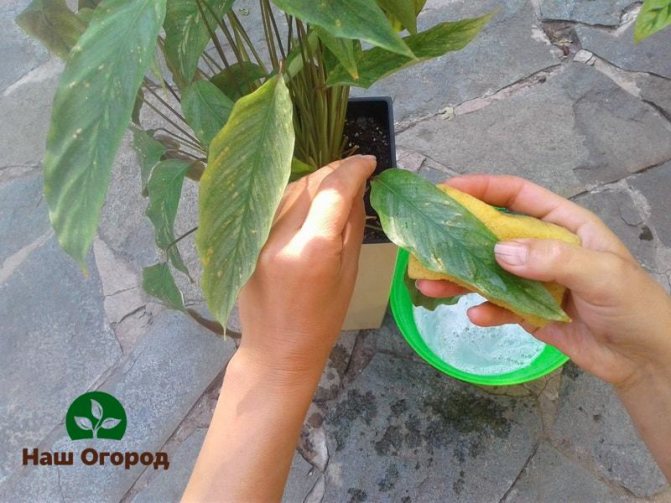

Treating plant leaves with laundry soap will help the plant not be attacked by garden pests.
Prevention of fungal diseases
With the help of laundry soap, you can resist fungal diseases. The solution allows you to fight gray mold (Botrytis cinerea), which most often affects strawberries, cabbage, onions, cherries, peppers and other crops. At the initial stage, you can find a slight gray coating. Soon it begins to actively spread, all parts of the plants become lethargic, rot and fall off. You can save plantings from this ailment by treating with a soap-based solution. Grate half of the bar and mix the shavings in 10 liters of water. To enhance the effect of the composition, it can be supplemented with tansy or garlic extract. Treat every 2 weeks. A total of 3 such procedures will be required.
Loading ...
Tobacco solution
It is very simple to make aphid soap solution with the addition of tobacco:
- 200 g of dry leaves are ground into powder, added to a bucket of water;
- 3 pods of fresh bitter pepper are crushed, combined with a tobacco solution, insisted for a day;
- add 100 g of grated laundry soap, 3 tbsp. tablespoons of wood ash or cinnamon, mix everything thoroughly.
On a note!
Treatment of plants with soap with the addition of several active ingredients provides a high result, fast action.
Green soap
On many country sites and forums, you can find a lot of information about green soap. It is used not only to protect cultivated plants from pests, but also to prevent many diseases.
For a standard 10 L bucket of water, take 250 g of green soap. Pour an additional 20 g of mustard powder into the resulting mixture. You can also add some copper sulfate.
The resulting composition of the plant can be processed no more than 3 times during the summer season.
Leaf solution
To prepare an effective drug, use the tops of a tomato, potato.
- Grind 4 kg of raw materials, place in a bucket, pour 10 liters of liquid, cover, leave to infuse for 6 hours;
- put on the stove, after boiling, cook for half an hour;
- cool to a comfortable temperature, add 50 g of any soap preparation - household, tar.
It is allowed to prepare the concentrate in advance. You can leave it to infuse for a week. Add soap immediately before use.

